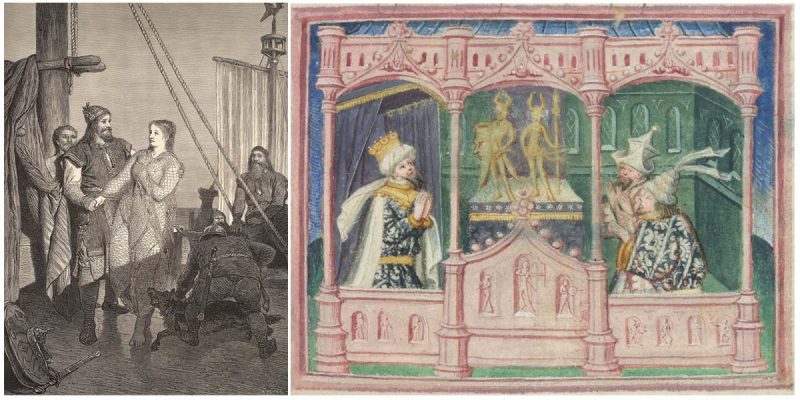Ragnar Lothbrok was a legendary Danish Viking ruler from the Viking Age described in Old Norse poetry and sagas.
According to some historians, it is believed that Ragnar lived in the 9th century and was the father of many renowned sons who are known in history.
His sons were Bjorn Ironside, Ivar the Boneless, Halfdan Ragnarsson, Sigurd Snake-in-the-Eye, and Ubba.
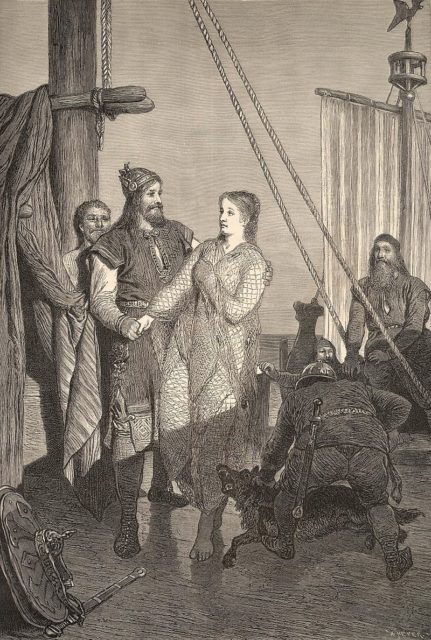
According to legend, Ragnar had three wives: the shieldmaiden Lagertha, the noblewoman Thora Townhart , daughter of the earl Herrauðr of Götaland , and the queen Aslaug (or Kráka).
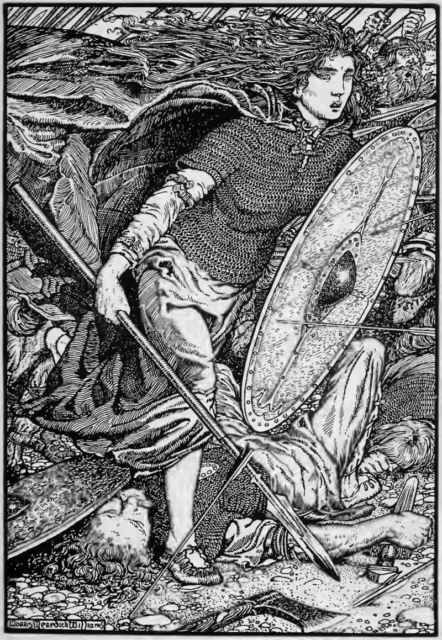
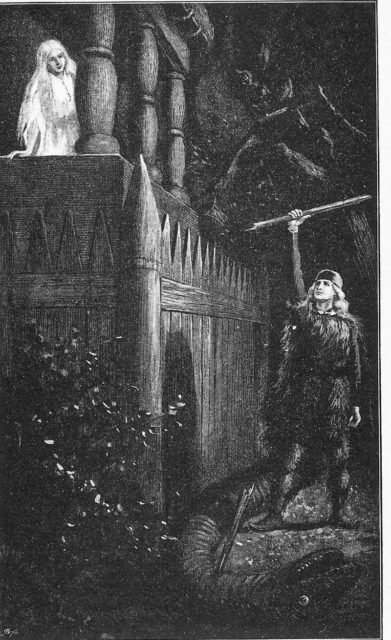
It is uncertain whether Ragnar himself existed. There are a lot of stories in the sagas which are different, making it more difficult to believe that he was a historical figure.
Only one thing is identical in every story, that he was a fearless Viking warrior who raided England and France.
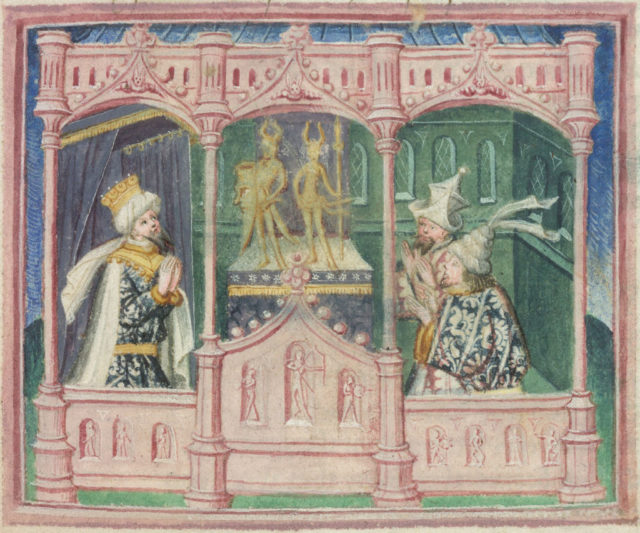
Many of the tales about Ragnar appear to conflate the deeds of several historical Viking heroes and rulers, including King Reginfrid, the Reginherus who besieged Paris in the mid-9th century, King Horik I, Ragnall of the Irish Annals, and the father of the Vikings who invaded England with the Great Heathen Army in 865.
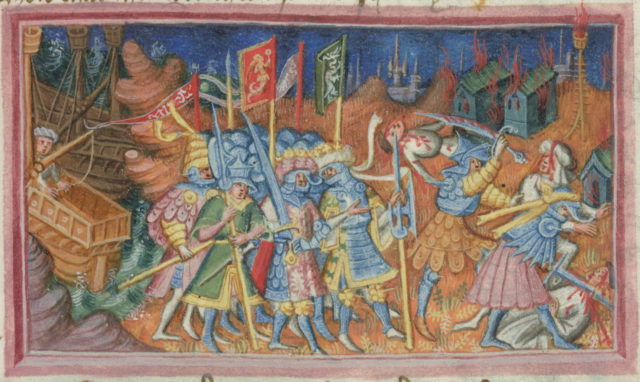
According to legend, the force of this army was led by Ragnar’s sons and it was amongst the largest forces of its kind.
The name Great Heathen Army is derived from the Anglo-Saxon Chronicle of 865 which was created in Wessex.
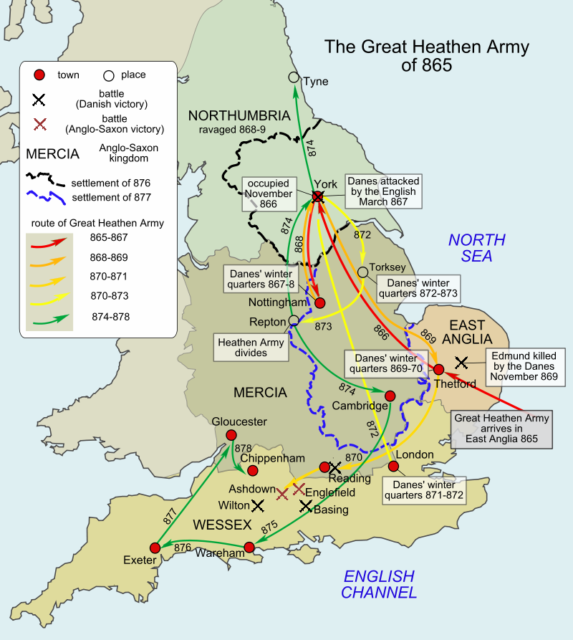
Ragnar received the surname Lothbrok because of the unique coat he wore and he was called “hairy breeches” because of the trousers he wore made by his wife from animal skin.
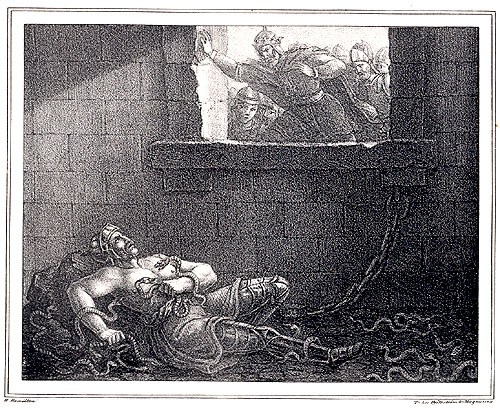
Related to the Danish king Gudfred and son of the Swedish king Sigurd Hring, Ragnar became king himself and become famous for the many raids and conquests.
We have another Viking story for you: Rollo: The Viking who became the first ruler of Normandy
At the end, he was seized by King Ælla of Northumbria and killed by being thrown into a pit of snakes.
